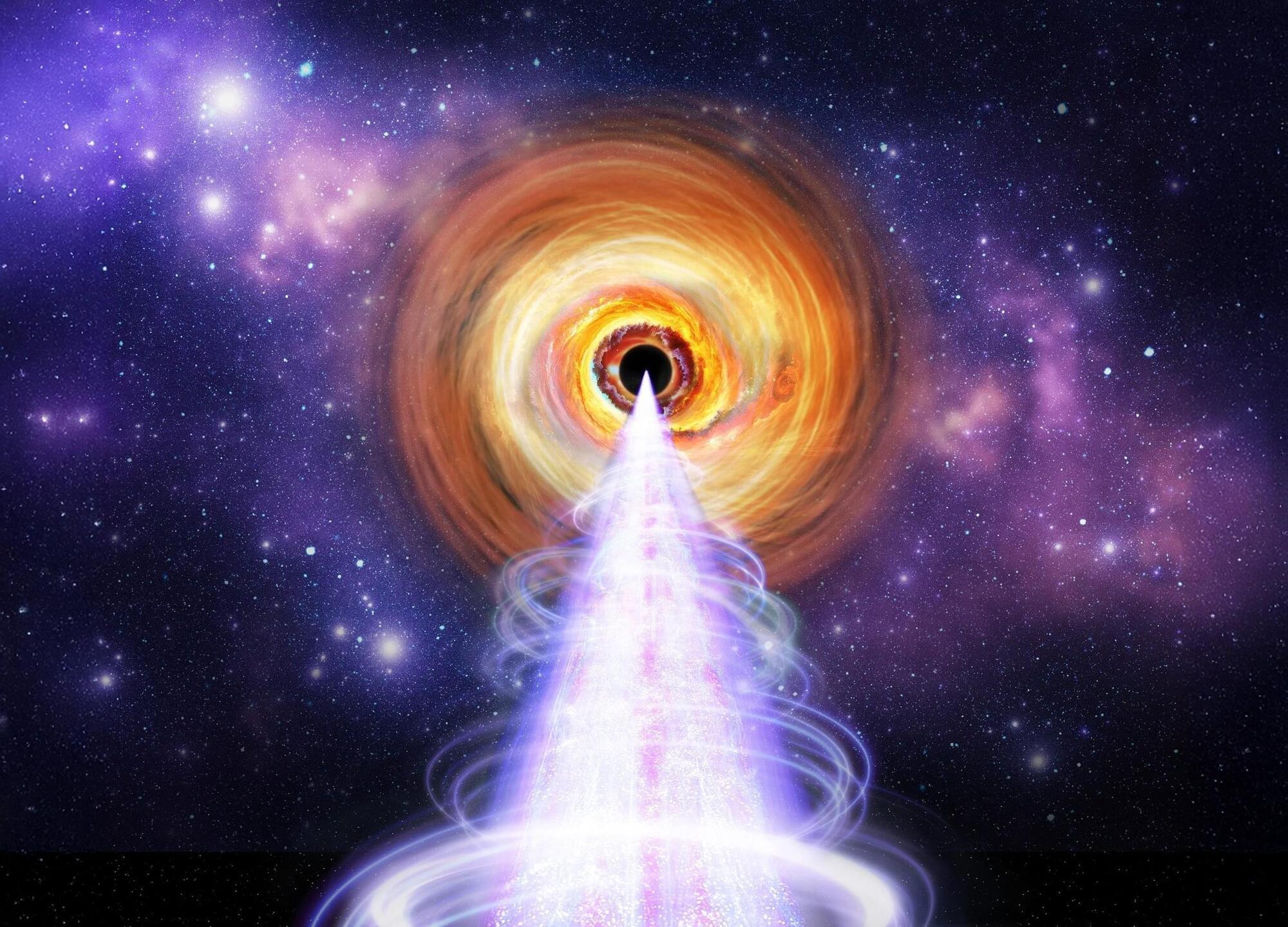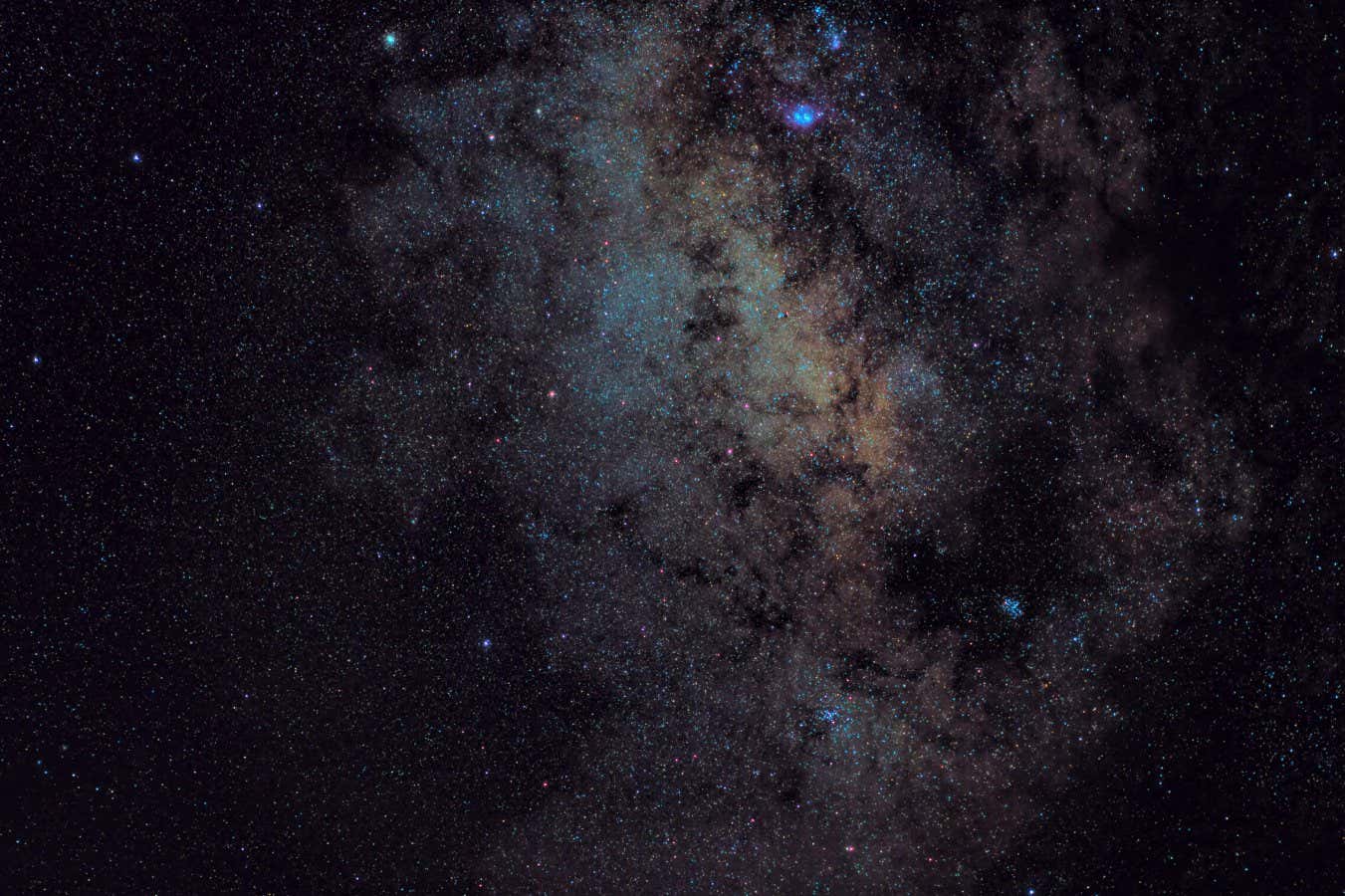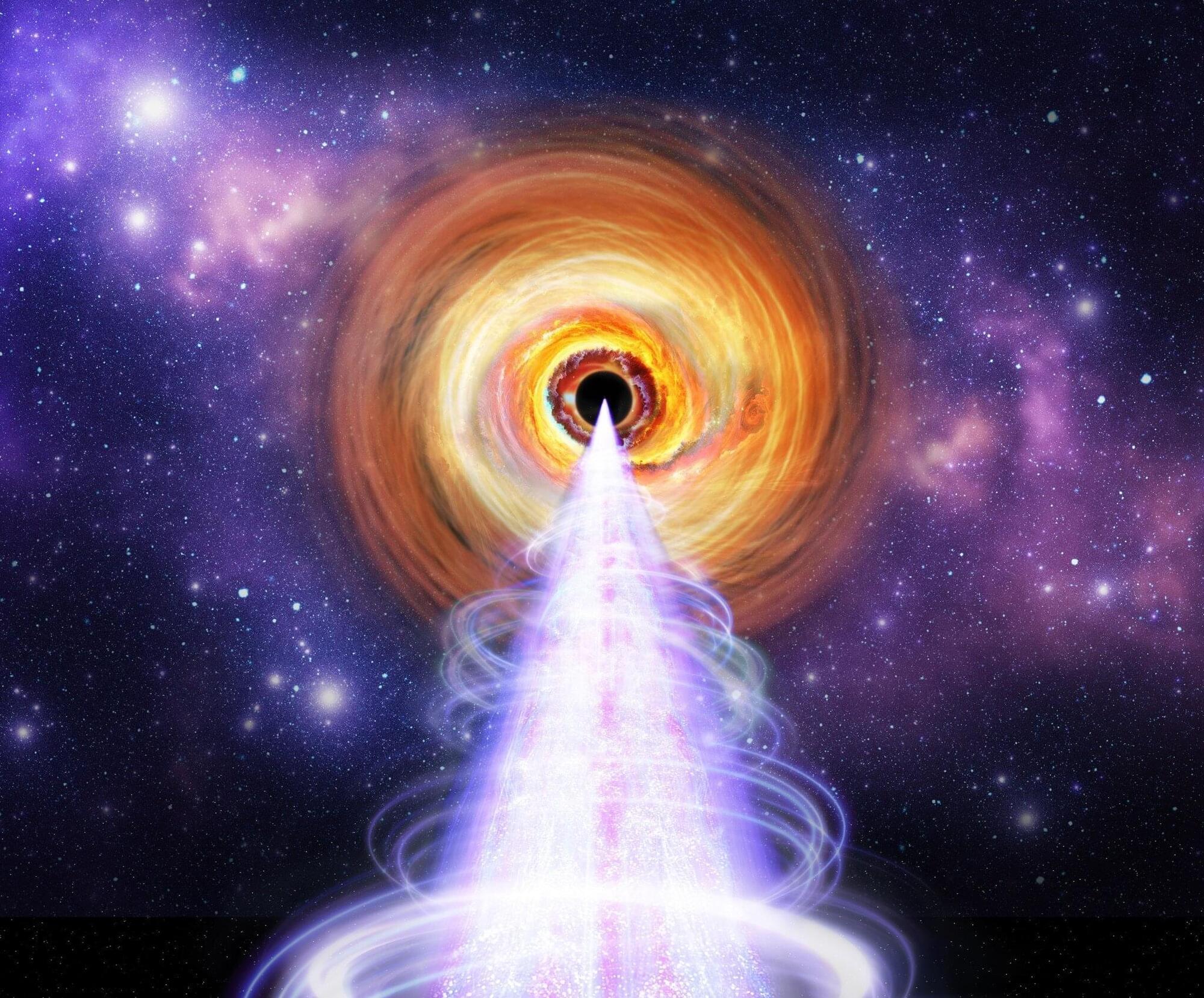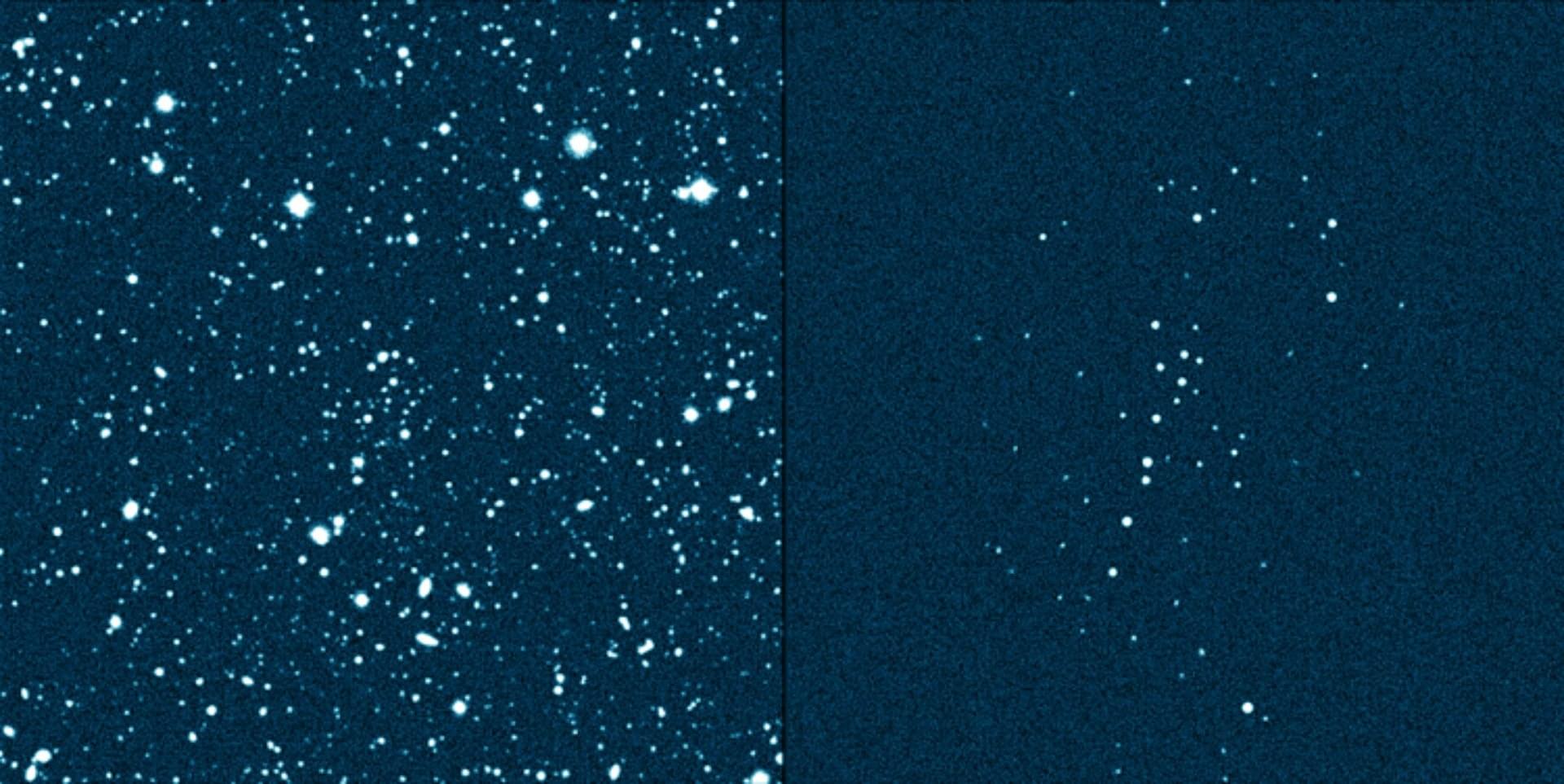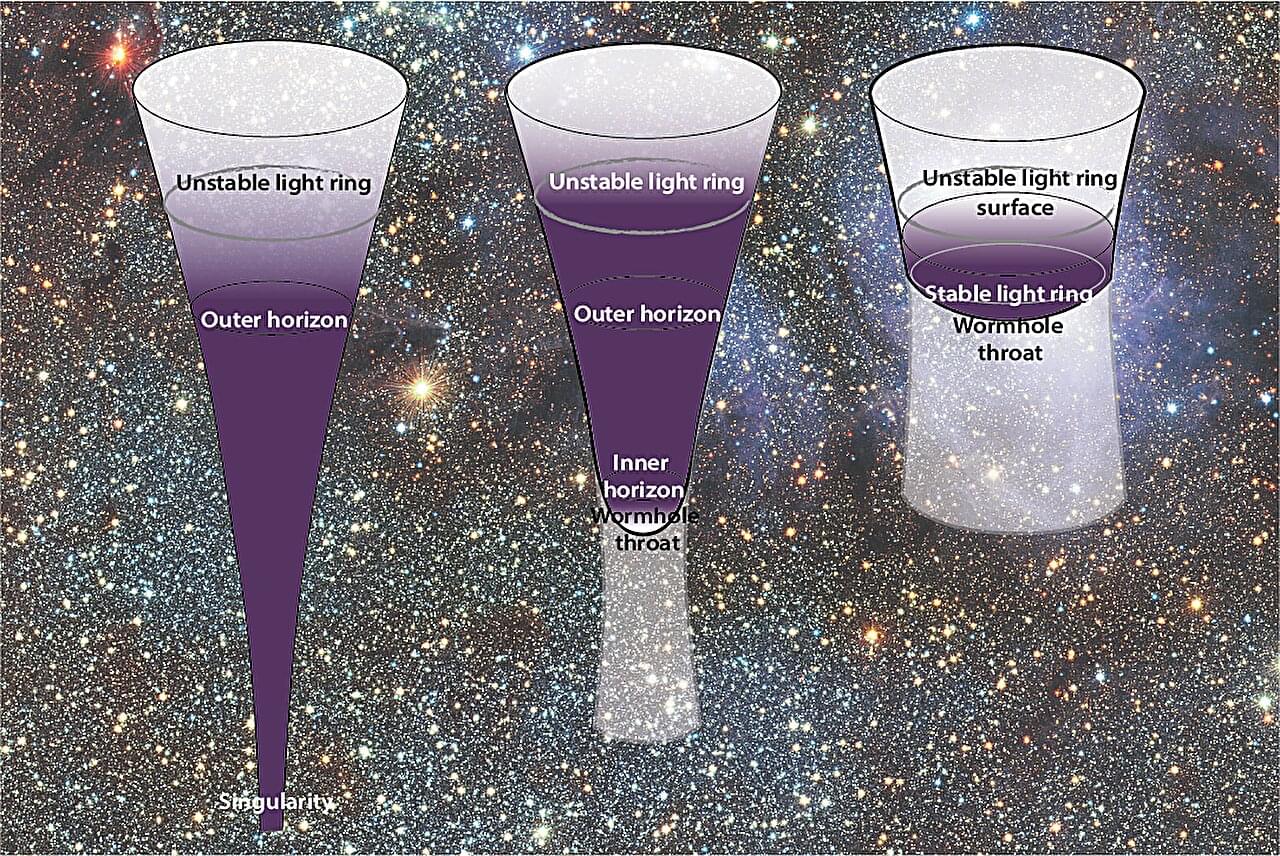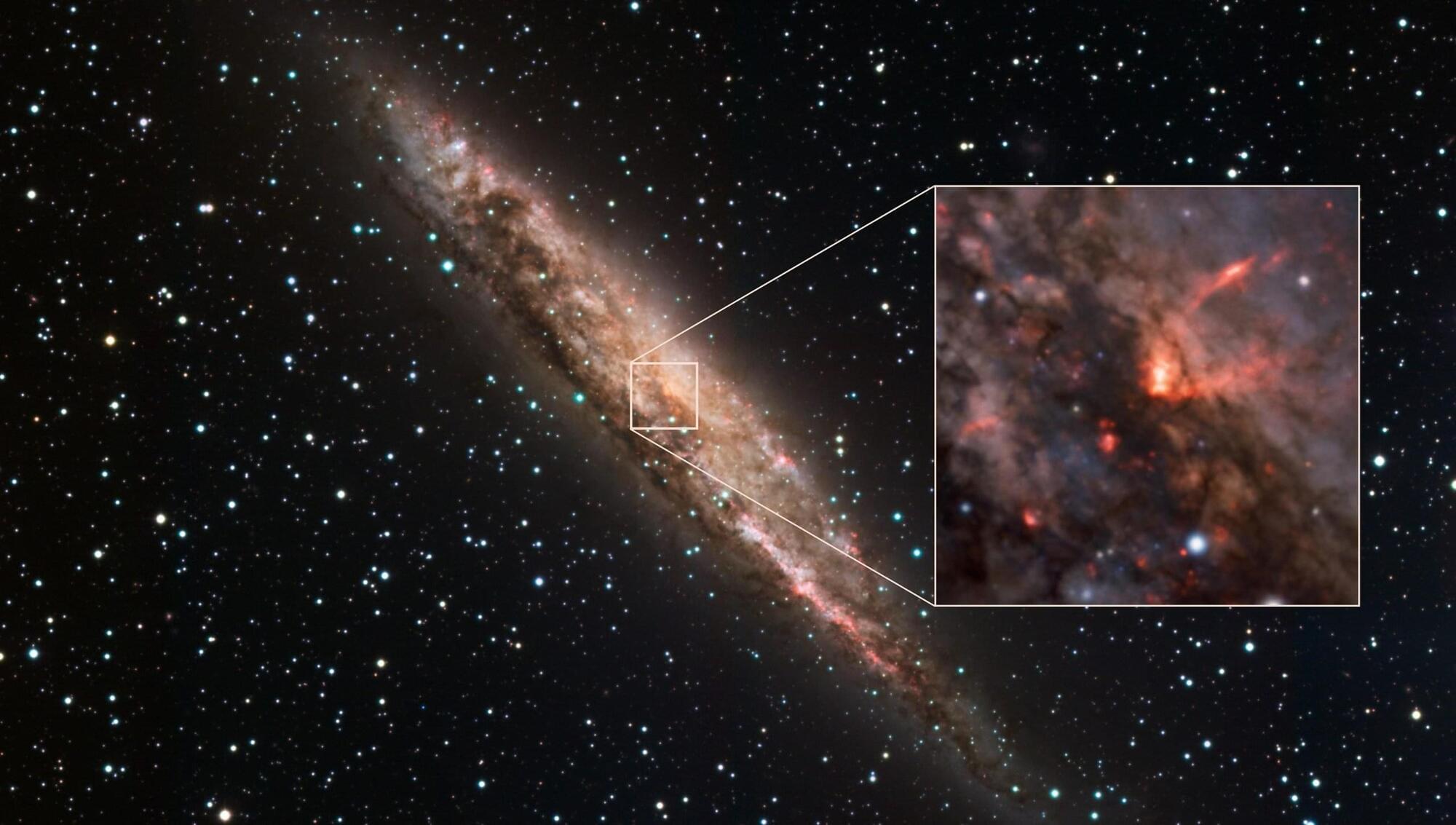How do you distinguish a galaxy from a mere cluster of stars? That’s easy, right? A galaxy is a large collection of millions or billion of stars, while a star cluster only has a thousand or so. Well, that kind of thinking won’t get you a Ph.D. in astronomy! Seriously, though, the line between galaxy and star cluster isn’t always clear. Case in point, UMa3/U1.
It’s easy to distinguish galaxies such as Andromeda and the Milky Way. They are large, gravitationally bound, and dominated by dark matter. It’s also easy to distinguish star clusters such as the Pleiades. They are loosely bound star groupings without dark matter. But for a type of small dwarf galaxy known as Ultra-Faint Dwarfs (UFDs) the dividing line gets fuzzy.
UFDs are dominated by dark matter. The mass of the Milky Way, for example, is about 85% dark matter. An ultrafaint dwarf galaxy, however, can have a thousand times more dark matter than luminous matter. This is why they are so faint. Since UFDs often contain some of the oldest stars in the Universe, astronomers love to study them for clues on the origins of galaxies. Which brings us to UMa3/U1.
